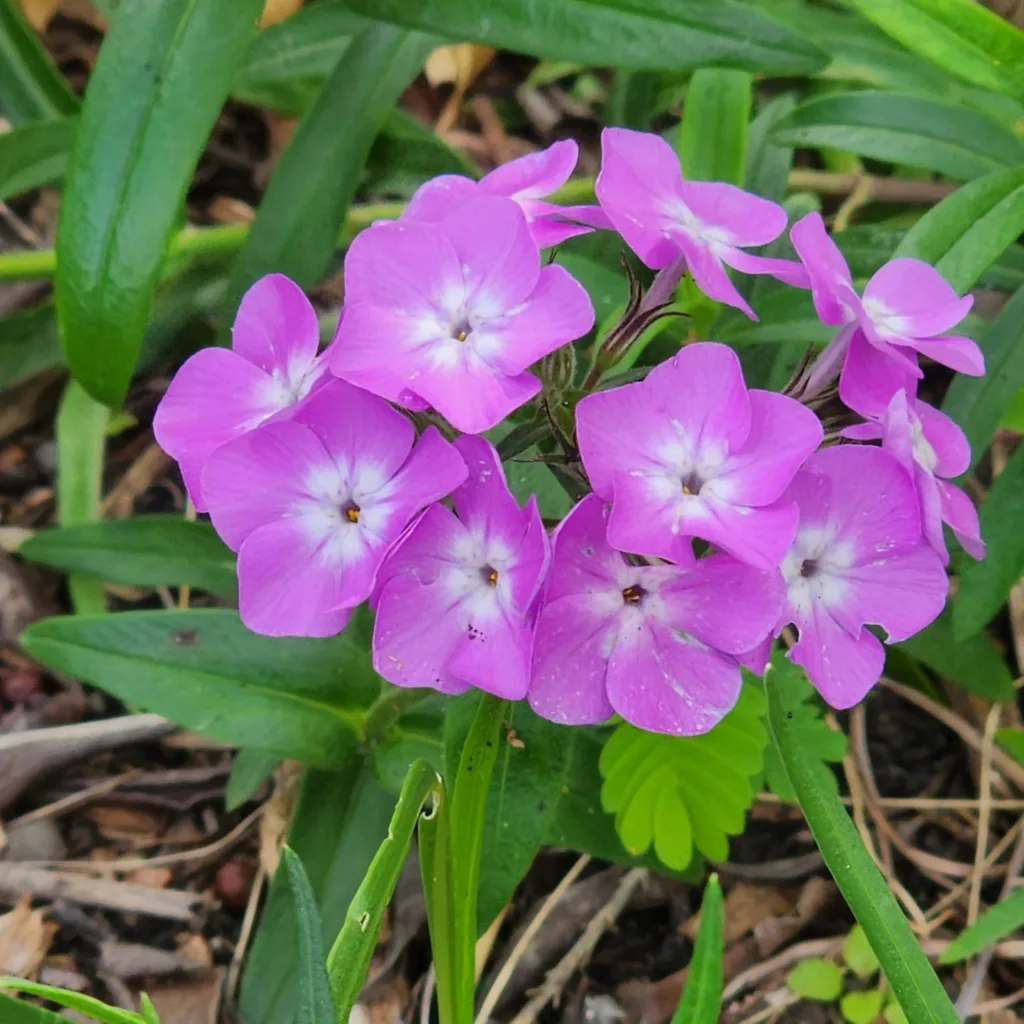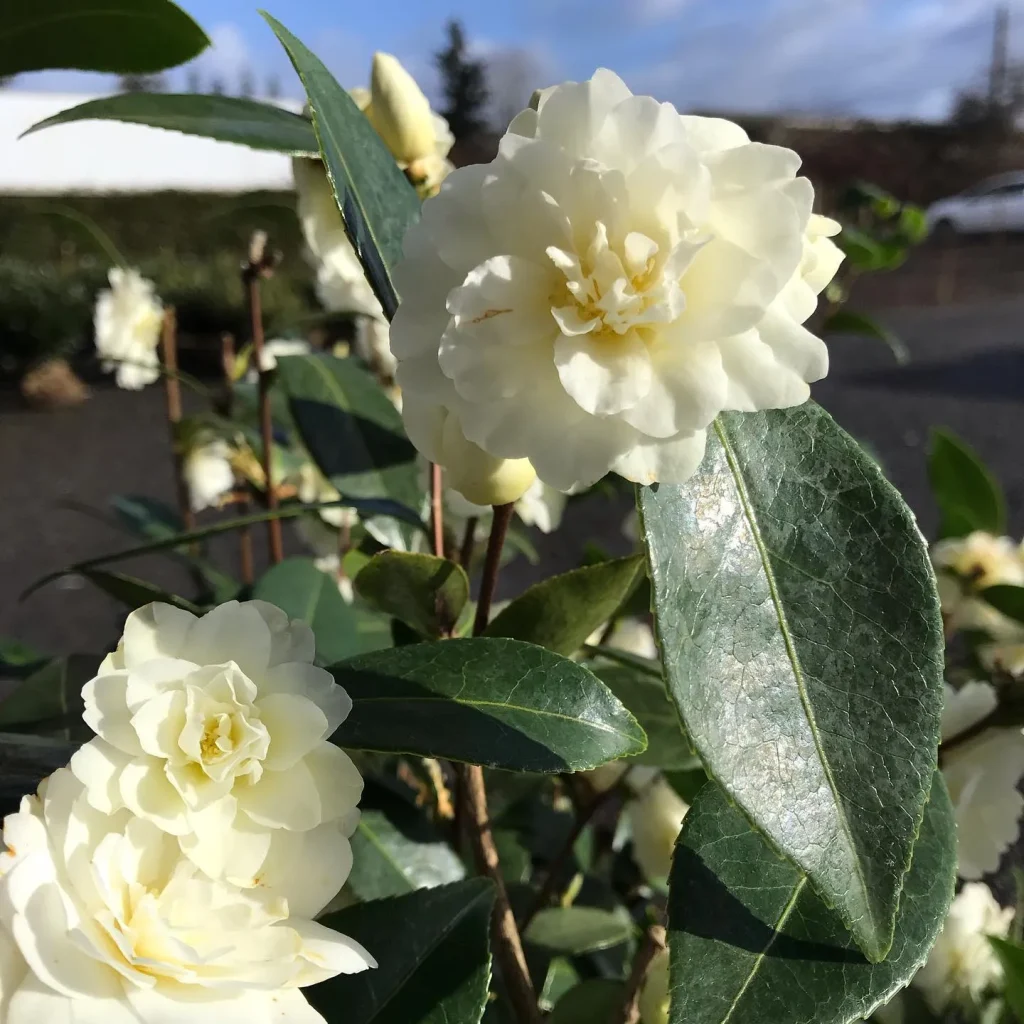
Areca Palm vs Majesty Palm
Majesty Palm‘s broader leaves make it a standout, but the delicate fronds of the Areca add a softer, tropical charm to my space.
Areca Palm vs Cat Palm
Cat Palm’s resilience is impressive, but the graceful arching fronds of the Areca Palm give a more elegant touch to my room.
Areca Palm vs Parlor Palm
The Parlor Palm‘s compact size suits smaller spaces, yet the feathery foliage of the Areca Palm brings a more vibrant, lush feel wherever it stands.
Areca Palm vs Bamboo Palm
Bamboo Palm‘s upright growth is refreshing, but the flowing, arching fronds of the Areca Palm bring a relaxed, tropical vibe that feels more inviting to me.
Areca Palm vs Golden Cane
Golden Cane’s golden hue is stunning, but the lush green of the Areca Palm’s fronds adds a richer, more vibrant tone to my indoor garden.
Areca Palm vs Kentia Palm
Kentia Palm’s classic elegance is undeniable, yet the feathery and dense foliage of the Areca Palm brings a livelier, more dynamic energy to my living space.
Areca Palm vs Lady Palm
Lady Palm’s fan-shaped leaves are unique, but the graceful, arching fronds of the Areca Palm create a more soothing and tropical atmosphere that I prefer.
Areca Palm vs Snake Plant
Snake Plant‘s hardiness is unmatched, but the tropical flair and soft texture of the Areca Palm’s fronds add a more relaxing and inviting feel to my indoor oasis.
How fast does an areca palm grow?
My areca palm definitely isn’t a speed demon. It puts out new fronds, maybe one or two a month, but they grow slowly. It’s frustrating at times because I want it to be this lush, full canopy, but it seems to take forever. I repotted it into a slightly bigger pot this spring hoping that might give it a little boost. Maybe next year I’ll see a more dramatic difference in size.
Is areca palm toxic to cats?
That’s one of the reasons I love my areca palm so much! Unlike some other houseplants that make me nervous around Cleo (my cat), I never have to worry about her taking a nibble on the areca. I looked it up before I brought it home, and everything said it was completely safe for cats and dogs. It gives our living room a nice tropical feel, and Cleo can bat at the fronds all she wants without any danger.
How to care for areca palm?
Keeping my areca palm happy has been a bit of a learning curve. At first, I overwatered it, and those poor fronds turned brown and crispy at the tips. Now, I’ve gotten the hang of letting the soil dry out a bit between waterings, and it seems much healthier. It also likes humidity, so I mist it a couple of times a week, especially in the winter when the heat is on. Finding the right spot for it took some trial and error too. It doesn’t like harsh sun, but it needs good light. I finally settled on a spot near a south-facing window where it gets filtered light most of the day. It seems happy there, putting out new growth slowly but surely.
How to trim areca palm?
Honestly, I don’t really trim my areca palm in the traditional sense. It doesn’t seem to need much shaping, and I’m a little nervous about accidentally cutting something wrong. But, those brown, dried-out fronds at the bottom? Those get the snip! I just take some sharp pruners and cut them off clean at the base where they meet the main stem. It keeps the plant looking tidy and lets all the energy go to the healthy new growth at the top. Sometimes a frond will get a tear or break accidentally. I just trim that off too, following the same strategy. Seems to work well for my palm so far!
How to propagate areca palm?
The best way I’ve found to propagate my areca palm is by separating the pups, those little baby palms that sprout from the base of the mother plant. I waited until spring this year, when everything seems to grow better, and then gently teased one of the pups away from the main plant. The trickiest part was making sure it had a decent amount of roots on it already. Luckily, this one did! I planted it in a pot with a well-draining potting mix, similar to what the mama palm is in. I kept the soil moist but not soggy, and placed the pot in a warm spot with bright, indirect light. It’s still early days, but so far, the little guy seems to be happy! I’m excited to see it grow into its own little palm tree. I hear propagating from seeds is possible too, but it takes much longer, so I haven’t tried that yet. Maybe someday!
How often to water areca palm?
My finicky areca palm has definitely taught me the art of patience when it comes to watering. It took a while to figure out its happy medium. I used to water it on a set schedule, but that led to some disaster overwatering with crispy brown frond tips. Now, I’ve learned to check the soil first. When the top inch or so of soil feels dry to the touch, that’s my signal to water. It usually works out to be about every ten days, but it can vary. In the summer, when it’s hotter and drier, it might need a drink a bit more often, maybe once a week. Winter is the opposite – less watering is needed. Sometimes I even stretch it to two weeks between waterings then. The key is to avoid soggy soil, which can lead to root rot. If you’re unsure, err on the side of underwatering – you can always water more later. Trust me, your palm will thank you for it!
How to grow areca palm in water?
While I love my areca palm in its pot, I haven’t actually tried growing one entirely in water. From what I’ve read online, it seems like it is possible, though maybe not the most long-term solution. Apparently, they’re considered hydroponic plants, meaning they can thrive without soil as long as they get the nutrients they need. If you wanted to try this, I would research using a nutrient solution in the water instead of plain tap water. Regular water might not provide everything the palm needs to stay healthy long-term. Also, you’d likely need to change the water every few weeks to keep it fresh and avoid any bacteria build-up. Personally, I like the look of my palm in a pot with some nice potting mix, but if you’re looking for a more low-maintenance way to grow one, experimenting with water culture could be interesting! Just be sure to do your research first.
Are areca palm and majesty palm the same?
Nope, my areca palm and a majesty palm are definitely not twins! They’re both popular houseplants, but there are some key differences. My areca palm is more on the slender side, with lots of thin, feathery fronds. A majesty palm has these big, broad fronds that almost look like they could be a fan. It grows much taller too, more like a little tree, while my areca palm stays pretty bushy. From what I’ve read, majesty palms might need a bit more light than arecas too. So, even though their names sound similar, they each have their own unique look and care needs.
Are areca palm seeds poisonous to dogs?
I can’t say for sure from personal experience about the seeds since I haven’t propagated my areca palm from seeds. But I wouldn’t want Cleo, my cat, or any dog to get hold of them! When I was researching propagating from seeds, I came across information that areca palm seeds can be mildly toxic.
It’s always best to be on the safe side. If you have a dog in the house, it might be best to avoid propagating from seeds altogether, or make sure to keep the seeds out of reach. There are other ways to propagate areca palms, like separating pups, that don’t involve seeds and might be a safer option for pet owners.
Can areca palm be kept in bedroom?
Absolutely! My areca palm is actually thriving in my bedroom. It ticks several boxes for a bedroom plant.
First, it’s not toxic to Cleo (my cat) who likes to prowl around at night. That was a big concern for me when I picked it out. Second, areca palms are supposed to be air purifiers, which is great for a bedroom since you breathe in all night.
The only thing to consider is the size. They can get pretty big, so you’ll need to have the space for it. Mine sits in a corner by a window with bright, indirect light, and it seems happy there. As long as you give it the right light and watering, an areca palm could be a lovely addition to your bedroom.
Can areca palm take full sun?
My areca palm is a bit fussy about sunlight. It definitely enjoys bright light, but full sun can be a bit too much for it. In my experience, those harsh rays can scorch the fronds, making them turn brown and crispy at the tips.
I learned this the hard way when I first got it. I had it placed near a south-facing window for a while, and those beautiful green fronds started to show some browning. Now, I keep it a few feet back from the window where it gets mostly filtered light throughout the day. It seems much happier there – new growth is slow and steady, and the fronds all have that healthy green color.
So, while areca palms can tolerate some sun, I wouldn’t recommend putting them directly in full sun all day. Filtered light or bright, indirect light seems to be the sweet spot for keeping them happy.
If i die, water my plants!



